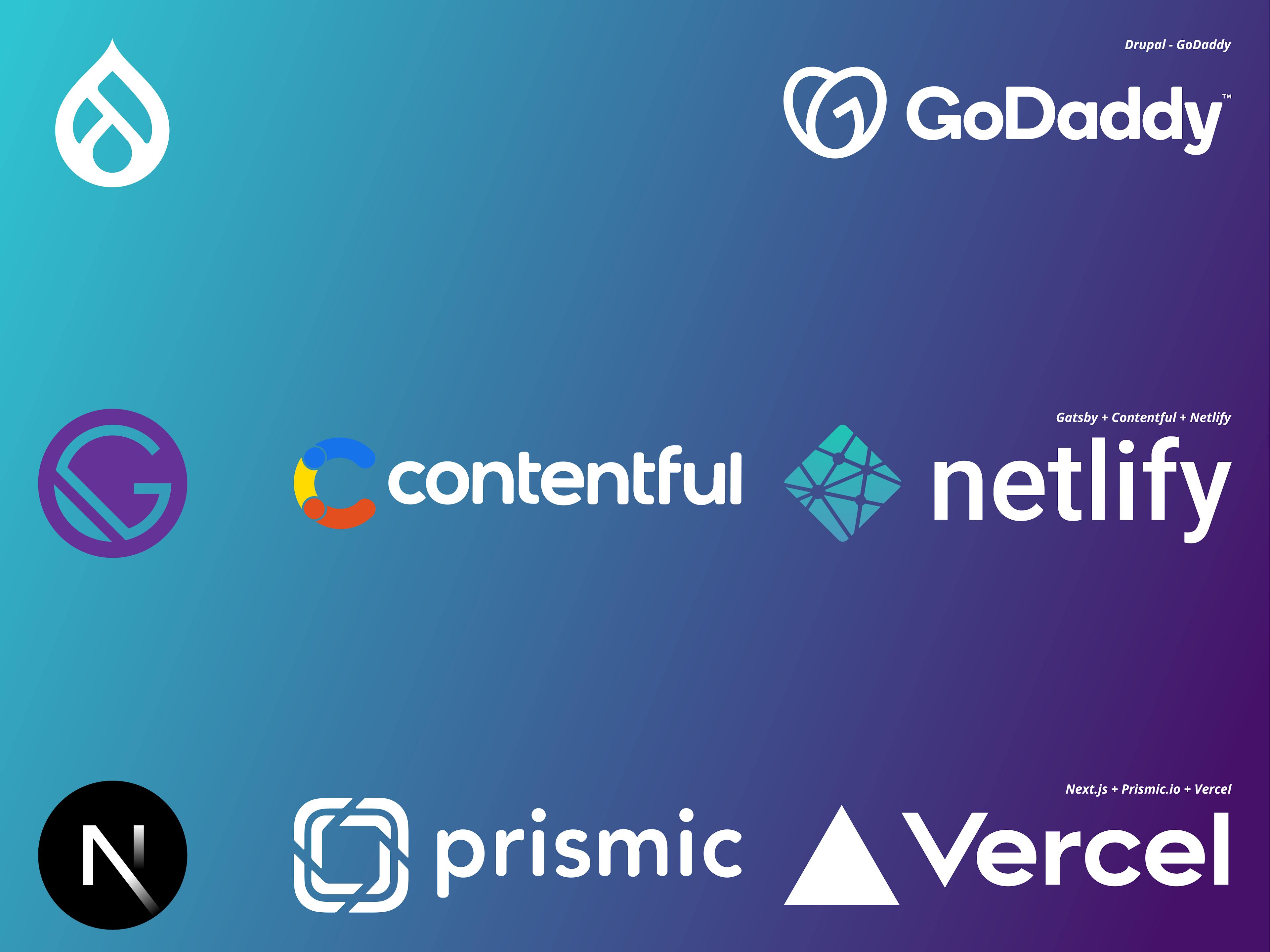The Right Tool for the Right Job
Aug 1, 2024

Reading Time: 2 min 30 secs.
My Journey from Drupal to Gatsby + Contentful + Netlify, and Beyond
As a seasoned engineer of digital experiences, with over two decades of experience, I’ve always believed in using the right tool for the right job. This philosophy guided my journey as I transitioned my personal website through various tech stacks, optimizing for efficiency, maintenance, and cost-effectiveness.
Upgrade #1: From Drupal to Gatsby + Contentful + Netlify
Initially, my website was built on Drupal, a powerful and flexible CMS that served me well for years. However, as my needs evolved and the web development landscape shifted towards JAMstack architectures, I sought a more modern solution.
Tech Stack:
- Gatsby: A React-based framework known for its blazing-fast performance and static site generation.
- Contentful: A headless CMS that allows for easy content management and integrates seamlessly with Gatsby.
- Netlify: A platform for deploying static sites with built-in CI/CD, making deployment and management a breeze.
Efficiencies:
- Performance: Gatsby’s static site generation ensures that my website loads quickly, providing an optimal user experience.
- Flexibility: Contentful’s API-first approach allows for easy content updates without needing to redeploy the site.
- Deployment: Netlify’s automated deployments and easy integration with GitHub streamlined my development workflow.
This stack significantly reduced the maintenance burden and allowed me to focus on creating content rather than managing infrastructure.
Upgrade #2: Transitioning to Next.js + Prismic.io + Vercel
Some of the free tools used to build the previous site had gone obsolete, namely, Stackbit, and the model had changed, setting back the goal of reducing the maintenance burden, so I migrated to a new stack that offered more dynamic capabilities while maintaining the benefits of JAMstack.
Tech Stack:
- Next.js: A versatile React framework that supports both static site generation and server-side rendering, offering greater flexibility for dynamic content.
- Prismic.io: A headless CMS that integrates smoothly with Next.js, providing a robust content management experience.
- Vercel: A platform optimized for Next.js applications, offering seamless deployment, serverless functions, and an exceptional developer experience.
Efficiencies:
- Dynamic Content: Next.js allows for a mix of static and dynamic content, enabling me to build more complex and interactive features.
- Developer Experience: Vercel’s integration with Next.js simplifies the deployment process, offering instant previews and rollbacks.
- Cost-Effectiveness: The generous free tiers of Vercel, Prismic, and Supabase enabled me to launch a fully functional website quickly and cost-effectively.
By leveraging these tools, I achieved a balance between performance, flexibility, and ease of use. The migration was driven by the need to adapt to changing requirements and leverage the best tools available for the job.
The Importance of Versatility, Adaptability, and Resilience
Throughout this journey, I’ve reinforced my belief that finding the right tool for the job involves weighing multiple factors: skill requirements, and maintenance, operational and development costs. Each transition was a strategic decision aimed at optimizing my website’s performance and scalability while minimizing overhead.
The ability to adapt to new technologies and embrace change is crucial in the ever-evolving tech landscape. By being versatile and resilient, I was able to meet my initial criteria and create a website that not only performs well but is also easy to maintain and scale.
TL;DR: My journey from Drupal to Gatsby + Contentful + Netlify, and then to Next.js + Prismic.io + Vercel, exemplifies the importance of choosing the right tool for the right job. Each stack brought unique advantages, and by carefully evaluating my needs and the available options, I was able to build a robust and efficient website that stood the test of time.